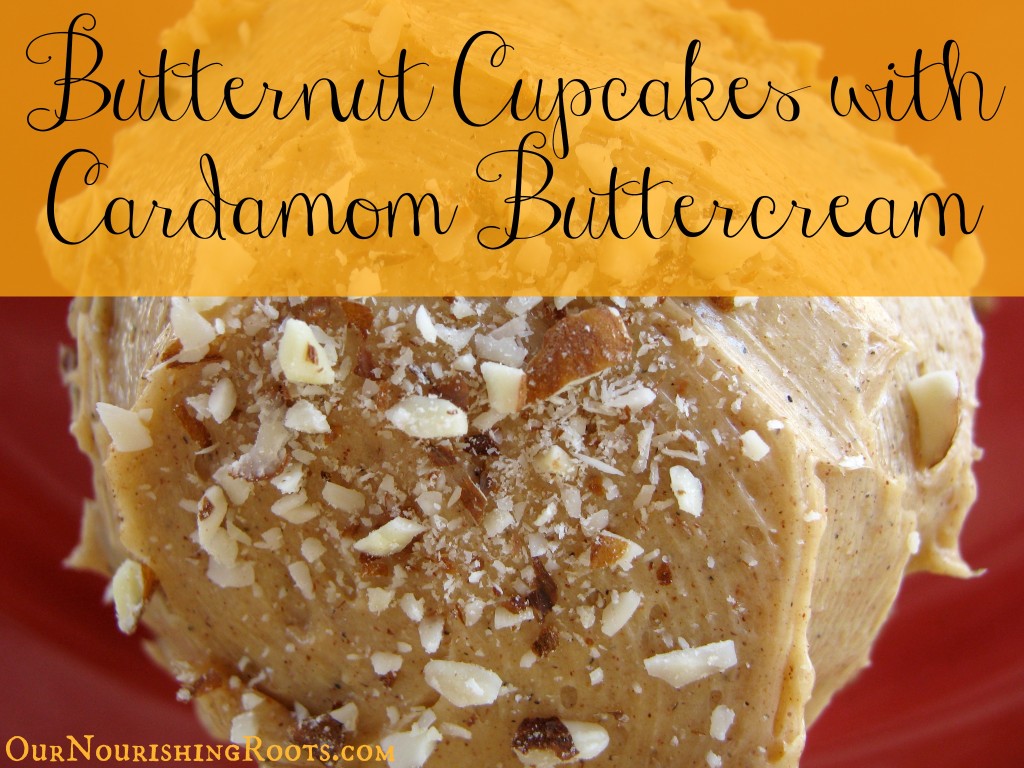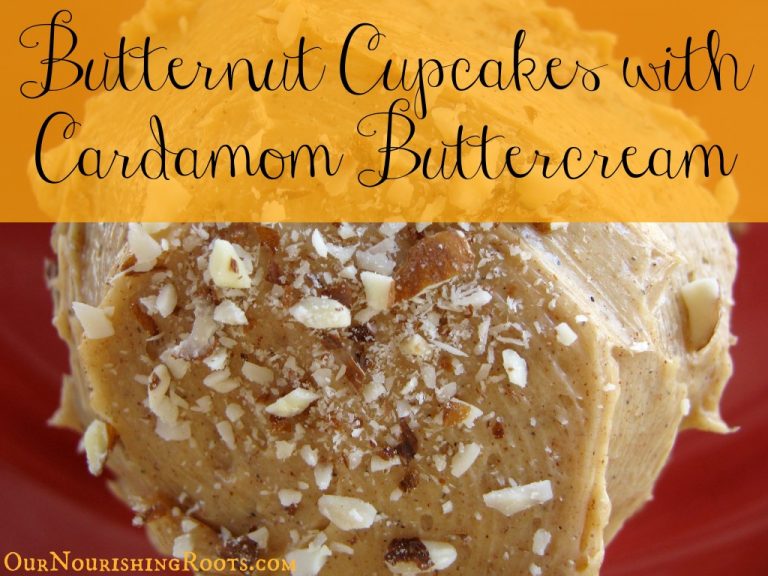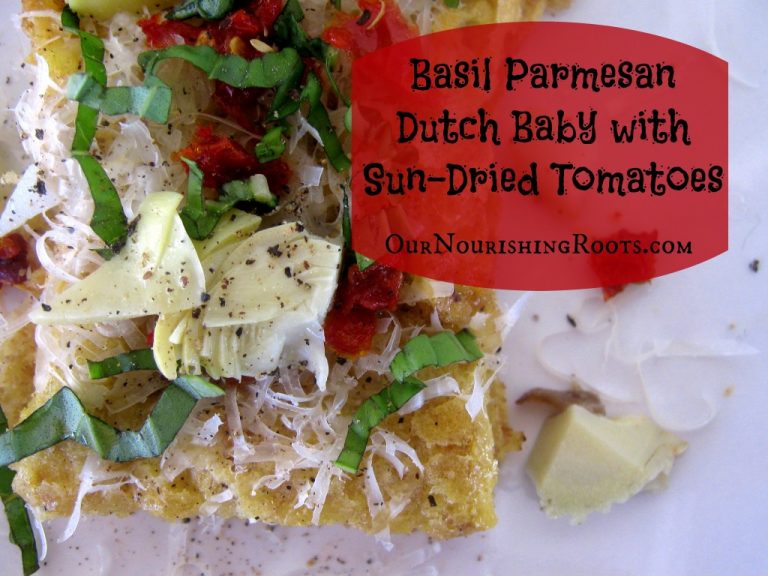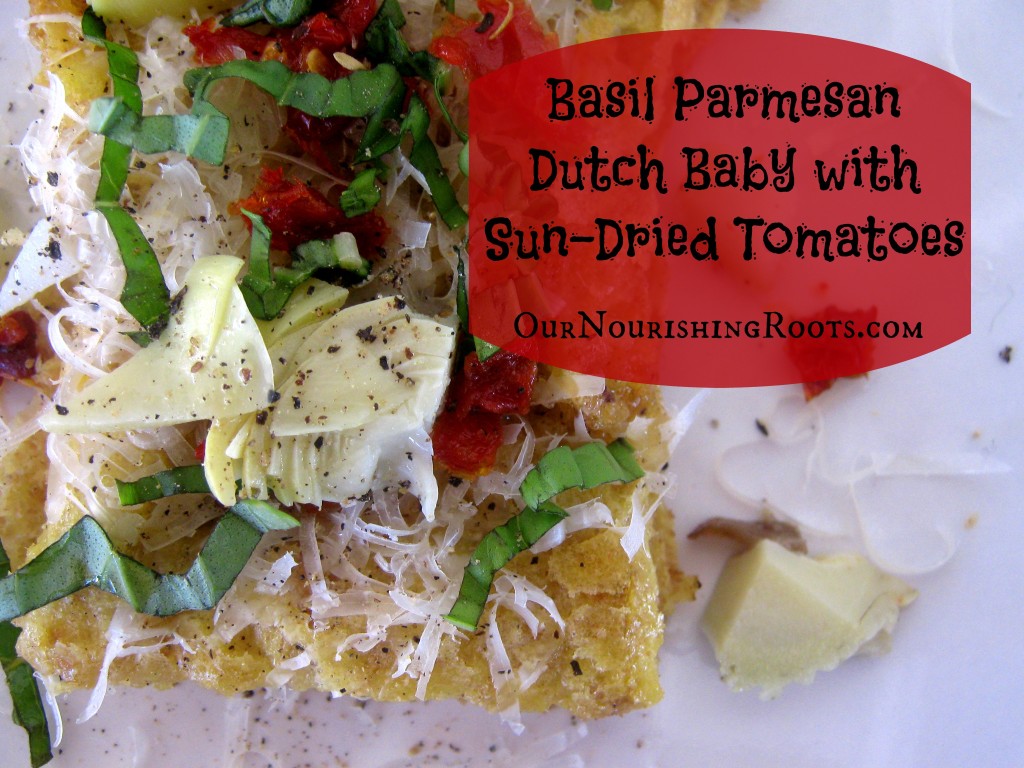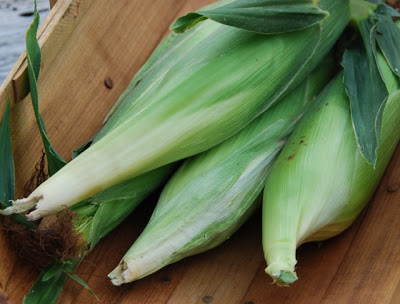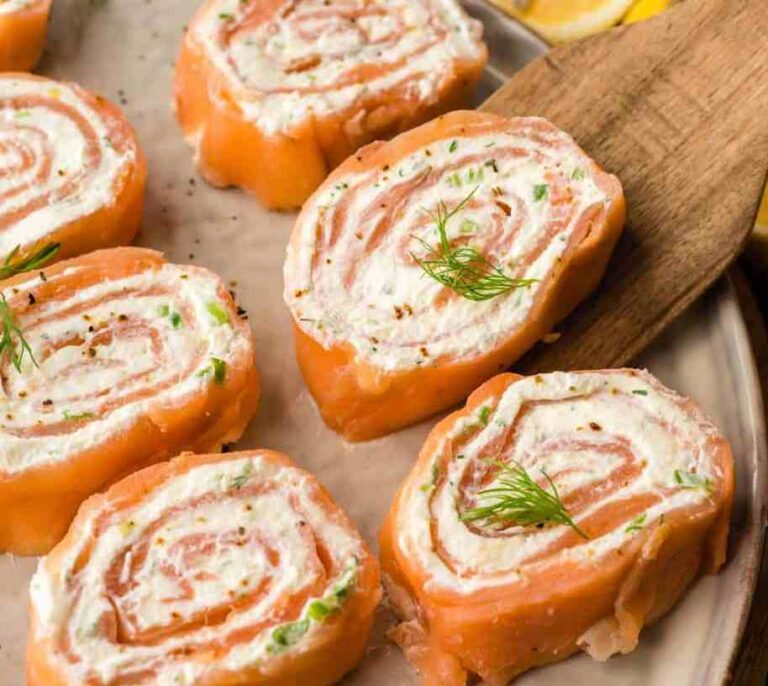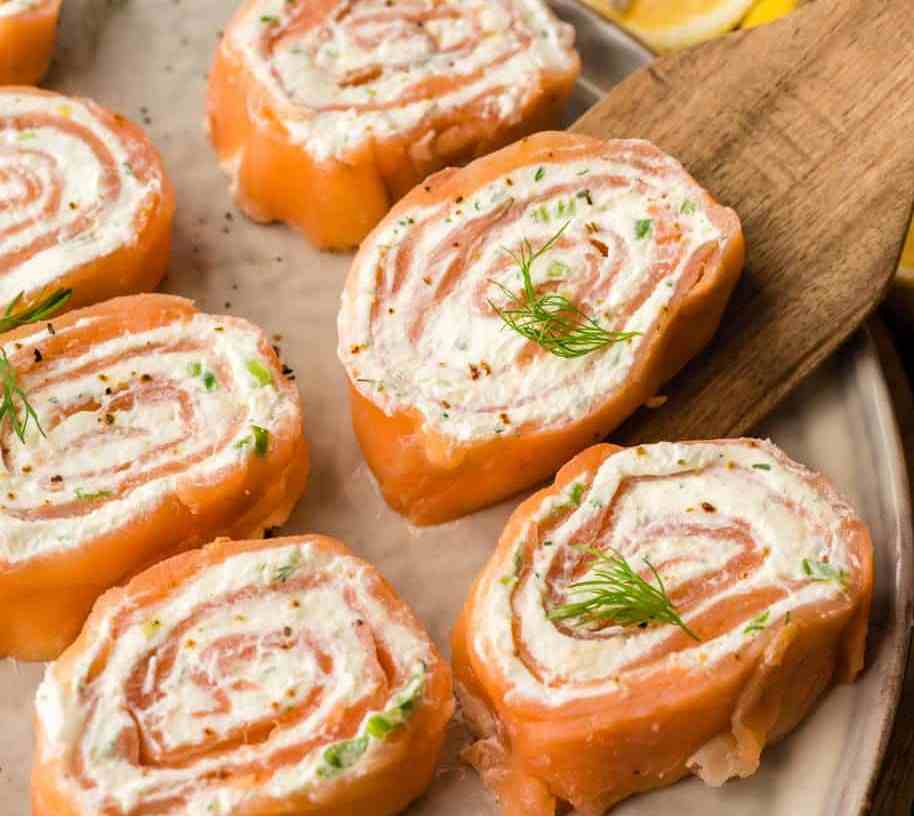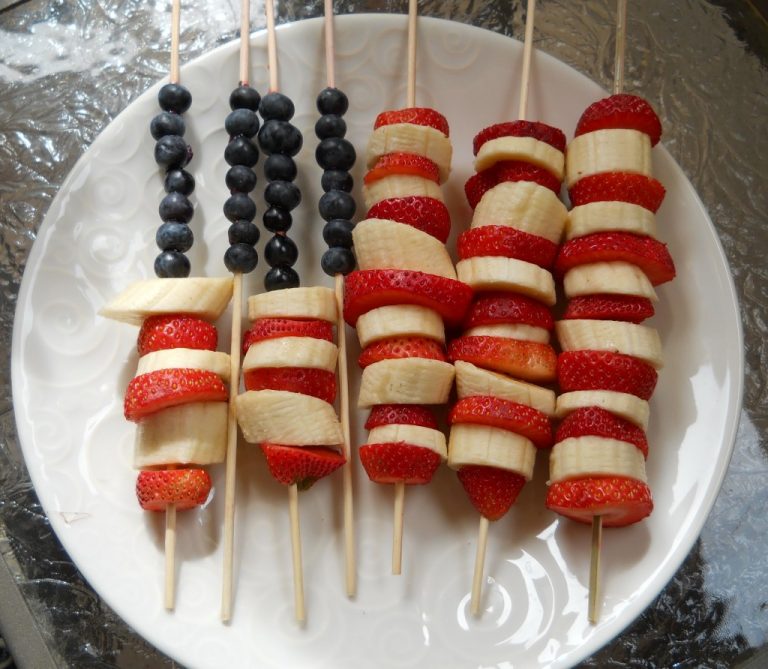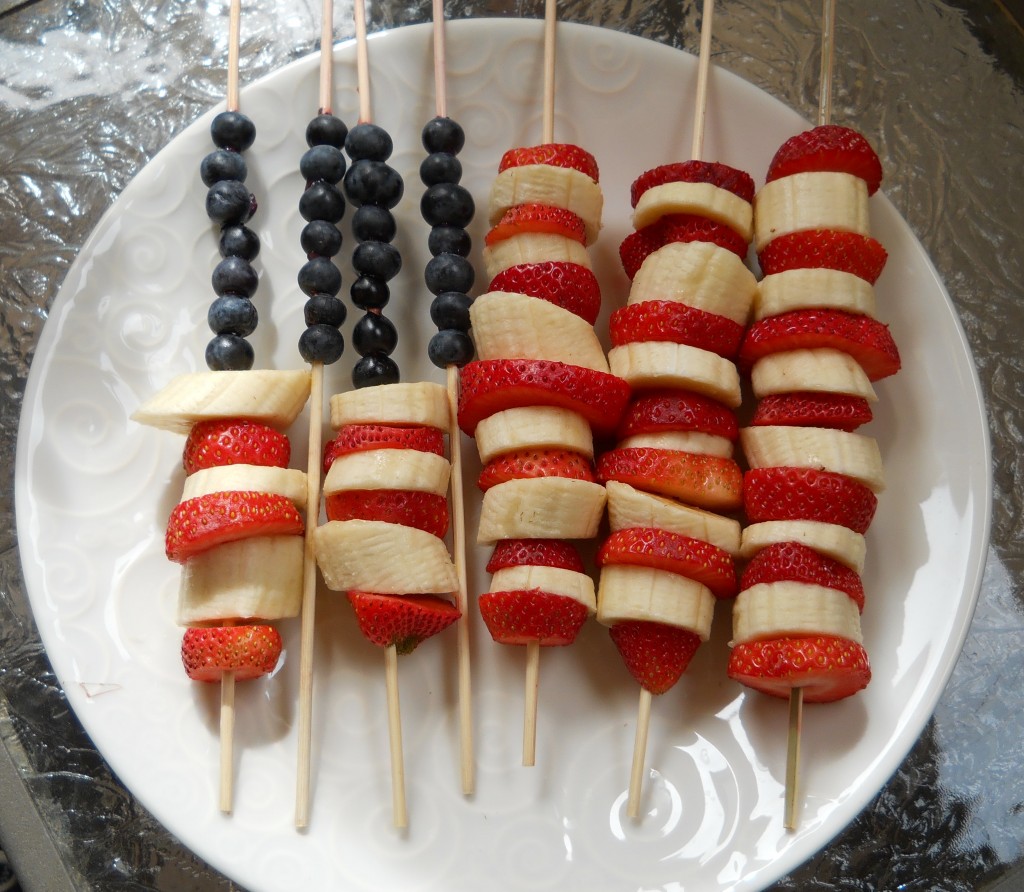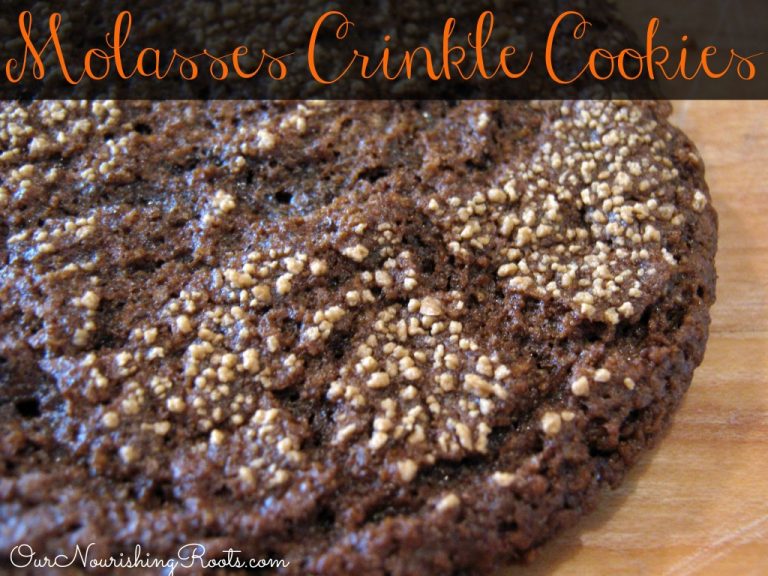The art of brewing root beet is sadly not widely known anymore. It’s a real shame because root beer is a real one-of-a-kind beverage. It’s not only delicious thanks to its earthy flavors that make up this fizzy soft drink but it’s also very healthy as well! Just like many other fermented drinks, root beer is a very good probiotic that has been used in natural medicine for centuries. It’s not that often that you get to enjoy something so undoubtedly tasty without the worry of how it might negatively affect your health.

I remember drinking root beer when I was a little girl, especially during the summer. California’s hot weather encouraged us to try out different cold sodas and root beer instantly became my favorite. I drank a ton of it and I especially loved it in the form of root beer floats. There was a local grocery store next to my house that always carried a few bottles of root beer and I remember asking the staff to set some aside for me because I would come back once I saved up some allowance to buy it.
At that time, I didn’t care what brand the root beer was as I couldn’t really tell any difference. Now, however, whenever I buy root beer because I don’t have the time to make my own, I tend to choose microbreweries over big commercial brands. They just have more depth to them, you know?
Fermenting Food At Home
Root beer is one of the most fun sodas to make at home. It’s not that difficult and you can experiment with spices to find your favorite flavor combination. And because it’s a soft drink (don’t let the name ‘beer’ fool you!), it’s a fun cooking project to do with your kids! At the end of this post, you will find the recipe for root beer that I usually follow.
I am so glad that the trend of fermenting food at home is coming back. We would all be so much healthier if we only ate more probiotic foods. Fortunately, being conscious and aware of what you are eating is slowly and gradually becoming the new normal and I couldn’t be happier about it.
Corporations know this and want to cash in on that trend as well. For example, this one major food company is selling root beer flavor concentrates that are supposed to make it easy for you to make your own root beet at home. Here is the ingredient list for that little packet:
Caramel Color, Water, Corn Syrup, Wild Cherry Bark Extractives And Other Natural Extractives, Natural And Artificial Flavors, Methyl Salicylate (Flavoring Agent), Vanillin, Gum Arabic, Gum Tragacanth, And Sulfiting Agents. (source)
Doesn’t seem too healthy, right? Full of artificial ingredients, this concentrate might provide some root beer-resembling taste but it definitely won’t act as a probiotic. It’s much better to do your own flavoring.
Root Beer Variants
Do you remember sarsaparillas? The soft drink that was usually sold in beautiful amber-colored bottles? I remember sipping it with my sister when we were little and feeling very ‘adult’ because the bottles resembled real beer bottles. I remember my uncle telling us that sarsaparillas were actually made this way specifically so that cowboys who didn’t want to get drunk could also partake in the so-called ‘drink culture’ at saloons.
Sarsaparilla has a similar taste to root beer. The sarsaparilla herb serves as the base of this soft drink and traditional root beers were also made using the same ingredient in combination with some other ones. There’s also birch beer that is considered to be a variation of root beer and is made using birch bark. It gives it a unique flavor that is both sweet and minty.
In my recipe, I use both birch essential oil and sarsaparilla in addition to other classic root beer flavors like wintergreen leaf, orange peel, and sassafras. All of these flavors result in an absolute king of root beers!
Root Beer In Natural Medicine
As I mentioned before, root beer is a probiotic which makes it a valuable beverage when it comes to caring for our well-being. I have been reading up on other types of fermented food and how they affect our health in a book titled Sacred Herbal and Healing Beers: The Secrets of Ancient Fermentation.
We know already that natural medicine has its roots in our history. People have been using herbs, spices, roots, berries, and other parts of different plants to treat ailments and prevent diseases. We know that plants have unique healing properties that can be utilized to our benefit. This precious knowledge has been passed on from generation to generation for as long as humanity existed. It would be unwise to ignore it.
Root beer is just one example of such food that has fallen out of fashion despite its wonderful properties. We have grown accustomed to relying on the effectiveness and speed of modern medicine while forgetting that we have so much more at our disposal. I am a strong advocate for combining both natural and modern medicine to support our health in the most effective way possible. Relying on just one of them is not the right way to go.
As the book says:
“…plants are considered to possess intelligence, awareness, and a soul. They are experienced with being able to speak with human beings and convey information about how they may be used as medicine.”
What Are The Other Benefits Of Root Beer Ingredients?
Sassafras: analgesic, antiseptic, carminative, dentifrice, rubefacient, fungicide, diaphoretic, perfume, and sudorific, and to treat: scurvy, skin sores, toothaches, kidney problems, rheumatism, bronchitis, swelling, menstrual disorders, sexually transmitted diseases, hypertension, and dysentery (source)
Sarsaparilla: decrease joint pain and itching, reduce bacteria, combat pain and inflammation, and protect the liver against toxins (source)
Orange Peel: cholesterol, heartburn, digestion, cancer, respiratory conditions, and vitamin C (source)
Wintergreen Leaf: headache, fever, sore throat, rheumatic symptoms, and various aches and pains (source)
Dandelion Root: mild laxative, increasing appetite, and improving digestion (source)
Juniper Berries: diuretic, appetite stimulant, a remedy for rheumatism and arthritis (source)
Licorice Root: antiviral, antimicrobial, anti-inflammatory, anti-ulcer, anti-diabetic, immunomodulatory, laxative, antitumour and expectorant, and useful in preventing neurodegenerative disorders and cavities (source)
Burdock Root: diuretic, diaphoretic, and a blood purifying agent (source)
Sweet Birch Essential Oil: rubefacient, analgesic, antiseptic (source)
Cinnamon: anti-viral, antioxidant, diabetes, alzheimer’s disease (source)
Star Anise: digestion, rheumatism (source)
Vanilla: intestinal gas, fever, and to increase sexual desire (source)
I don’t believe you need any more convincing so let’s go to the recipe!
CLASSIC LACTO-FERMENTED HOMEMADE ROOT BEER
Necessary equipment:
Ingredients:
- 1 gallon of filtered water (about 16 cups)
- ½ cup of wintergreen leaf
- ¼ cup of sarsaparilla root
- ¼ cup of sassafras bark
- 3 T. of dried orange peel
- 1 ½ T. of burdock root
- 1 ½ T. of dandelion root
- 1 ½ T. of licorice root
- 1 t. of juniper berries
- 1 star anise
- 1 cinnamon stick
- 1 ½ cup of whole cane sugar OR unbleached organic white sugar
- 1 t. of sweet birch essential oil
- 1 t. of vanilla extract
- ¾ cup of ginger bug OR fresh whey (how to make whey here)
*I buy all of my spices and herbs for making this root beer from a company called Mountain Rose Herbs. You can usually find everything you need on their website. You can also try and see if there is a well-equipped herb store or a health food store near you.
**You can use unbleached organic white sugar here because the sugar is going to get used up anyway during the fermentation process so there’s not going to be much of it left in your finished root beer. Besides, white sugar is only bad for you when consumed in large quantities and when your metabolism is not working properly so it’s okay to use it from time to time.
Instructions:
- Pour the gallon of water into a large stockpot and bring it to a boil.
- Add all the herbs, roots, spices, and berries (wintergreen, sarsaparilla, sassafras, orange peel, burdock root, dandelion root, licorice root, juniper berries, star anise, cinnamon stick). Cover with a lid and let simmer for 15 minutes.
- Remove from heat leave to steep for up to four hours.
- Strain the mixture through a strainer lined with a cheesecloth. Press it a few times to make sure all the liquid is out. After you finish, you can discard the solids.
- Add the whole cane sugar and whisk it firmly until it fully dissolves. You can heat the stockpot briefly to help you if you need.
- Add the sweet birch essential oil and vanilla extract.
- Add the ginger bug (or whey) and stir until well combined.
- Pour your mixture into clean beer bottles. Keep whisking the mixture each time so that the birch essential oil won’t separate.
- Leave a little amount of the mixture into a small plastic bottle that has a cap. This will be your test bottle so you can check if the fermentation process is complete.
- Let the beer bottles and your test plastic bottle ferment at room temperature for two to four days.
- Check your test bottle by squeezing its sides. Once you can’t press them in anymore, it means that the fermentation is finished and your root beer is done.
- Transfer the beer bottles to the fridge. This will stop the fermentation process.
- Root beer tastes best after aging for at least one day in the fridge.
- Serve in a chilled beer mug.
That’s it, your lacto-fermented root beer is ready!
